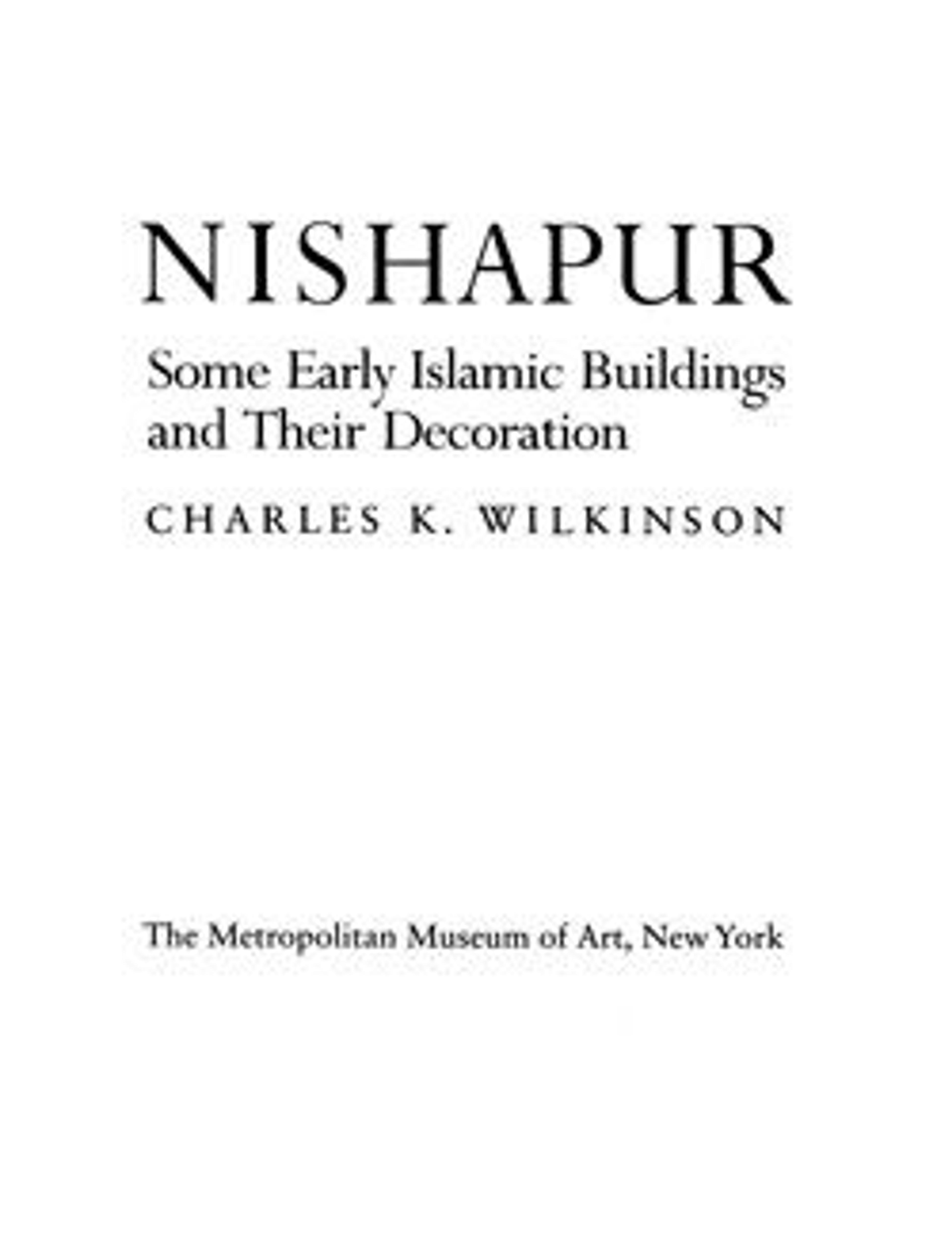Dado Panel
This cast was taken from a square panel excavated at Nishapur from a mound known as Sabz Pushan (the Green Covered). Excavations at Sabz Pushan revealed part of a residential neighborhood with several houses and an alleyway. This piece was found in an iwan, or covered room opening onto a courtyard, richly decorated with carved panels and wall paintings. This iwan may have been part of a private house, but the presence of a mihrab (prayer niche) suggests that it could have also served as a small neighborhood mosque. Other carved panels found in the same iwan include MMA 37.40.40, 37.40.43, 37.40.46 and 37.40.47.
Originally part of a dado, or the carved decoration on the lower half of a wall, this panel consists of a four-lobed medallion filled with tulip-like flowers and half-palmette leaves. While the dado itself wrapped around the iwan, each of its panels was slightly different. All contain a lobed medallion like this one, but the number of lobes and what fills them differs from one to the next (compare to 30.40.46, originally placed to its left). Alternation and variation of visually-related elements was a decorative strategy used to great effect in the architecture of Nishapur.
Originally part of a dado, or the carved decoration on the lower half of a wall, this panel consists of a four-lobed medallion filled with tulip-like flowers and half-palmette leaves. While the dado itself wrapped around the iwan, each of its panels was slightly different. All contain a lobed medallion like this one, but the number of lobes and what fills them differs from one to the next (compare to 30.40.46, originally placed to its left). Alternation and variation of visually-related elements was a decorative strategy used to great effect in the architecture of Nishapur.
Artwork Details
- Title: Dado Panel
- Date: 20th century
- Geography: Excavated in Iran, Nishapur
- Medium: Plaster; cast
- Dimensions: H. 34 1/2 in. (87.6 cm)
W. 31 7/8 in. (81 cm)
D. 2 3/4 in. (7 cm)
Estimated weight: 120 lbs. J-F does not want piece moved in present state. (Weight extrapolated from dimensions of similar unframed Nishapur stucco.) - Classification: Reproductions
- Credit Line: Rogers Fund, 1937
- Object Number: 37.40.45
- Curatorial Department: Islamic Art
More Artwork
Research Resources
The Met provides unparalleled resources for research and welcomes an international community of students and scholars. The Met's Open Access API is where creators and researchers can connect to the The Met collection. Open Access data and public domain images are available for unrestricted commercial and noncommercial use without permission or fee.
To request images under copyright and other restrictions, please use this Image Request form.
Feedback
We continue to research and examine historical and cultural context for objects in The Met collection. If you have comments or questions about this object record, please contact us using the form below. The Museum looks forward to receiving your comments.
